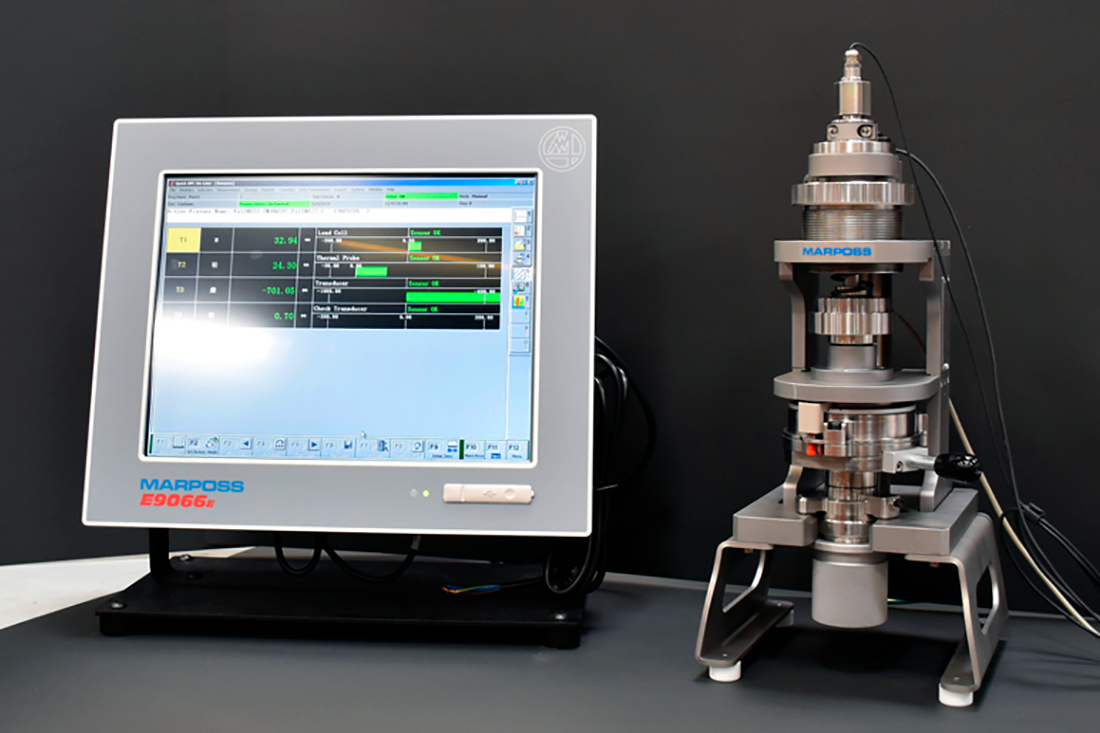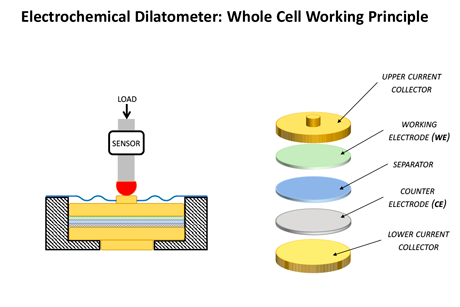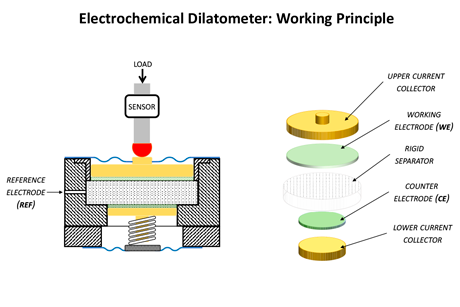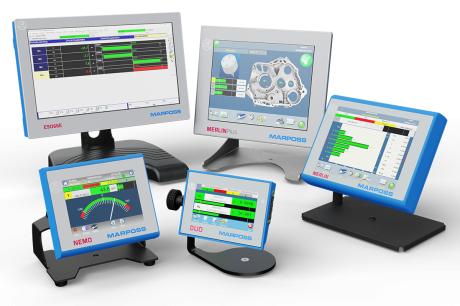Check Of Electrodes Expansion: Dilatometric Analysis
The intensive research and development activities in the Li-ion battery cell sector, aimed at improving their performance and safety, involve the need to constantly experiment with new electrochemical compositions. New versions of electrodes, separators and electrolytes must be carefully tested in the laboratory, before being able to move on to a production phase, initially in pilot lines and finally in mass production.
The study of volumetric stability of electrode materials under cycling is crucial to predict failures, then lifetime and long-term safety.
The measurement of the volumetric expansion and contraction of the electrodes during charge and discharge cycles due to Li-ion insertion - de-insertion (the so called “rocking chair” phenomena) is one of the fundamental aspects to be experimented, before being able to validate new electrode materials or new electrochemical configurations for production.
The Electrode Expansion Test bench proposed by Marposs guarantees maximum reliability and accuracy, for short and long term tests, in different application conditions.

The test bench is equipped with a sealed test chamber able to hold the cell sample to be tested. The chamber is easily removable to allow experimental set-up operation in a controlled atmosphere environment and it’s made of electrically inert materials, to avoid any interference with the electrochemical behavior of the samples under test.
The measuring unit is equipped with a high-precision non-contact position transducer, so the detection of the expansion of the electrodes during the test is not affected by the presence of friction in the sensor.
Due to the fact that force could be an important variable to be tested, the cell samples under test can be easily pre-loaded to the desired compression force value, through an adjustable system also equipped with a sensor for detecting the applied force.
To perform the test under controlled thermal conditions, a dedicated sensor directly detects the temperature of the samples under test inside the chamber, in order to also consider the effect of the heat generated during the charge and discharge cycles.
All the sensors are connected to E9066 acquisition electronic unit, which allows the continuous and automatic acquisition of all parameters, elaboration of the measurement values and their storage in data files, for the complete duration of the test.
- Sealed test chamber
- High resolution inductive position transducer, with non-contact technology
- Adjustment and measurement of the pre-load force
- Temperature detection directly in the test chamber
- Continuous acquisition and storage of all test parameters
- Version for simultaneous testing of two electrodes (anode and cathode)

- Version for single electrode test (respect to a reference electrode)

| Resolution of the inductive transducer |
0,01 µm |
| Force adjustment range |
1 / 10 kg |
| Operation temperature range |
-10° / +60°C |
